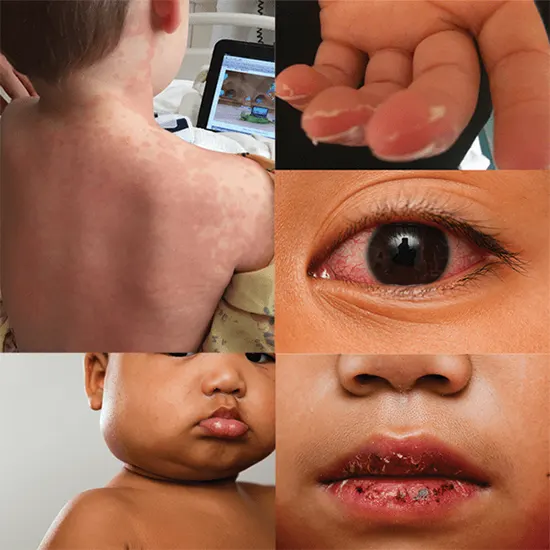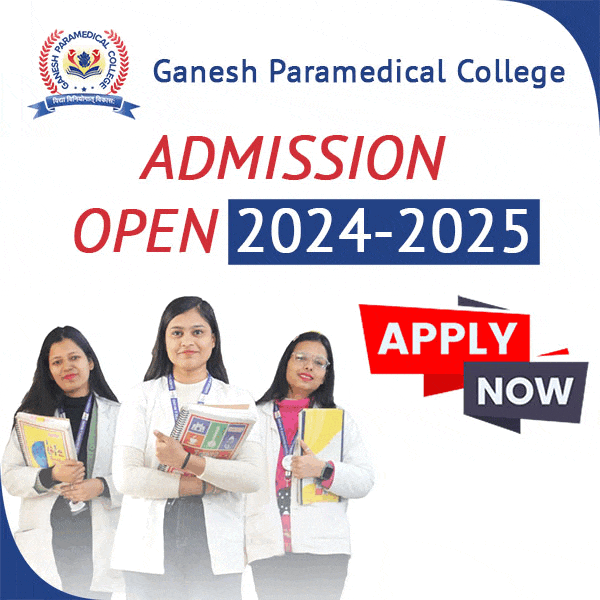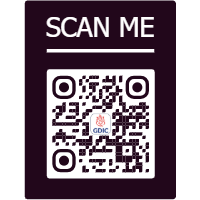
Kawasaki disease is a rare but serious illness that affects children under the age of five. It's an seditious disease that affects the blood vessels, causing fever, rash, and greensickness in the eyes. Unfortunately, there...
Kawasaki disease is a rare but serious illness that affects children under the age of five. It's an seditious disease that affects the blood vessels, causing fever, rash, and greensickness in the eyes. Unfortunately, there are numerous myths and misconceptions girding this disease that can lead to misdiagnosis and delayed treatment.
In this post, we will be debunking some of the most common myths about Kawasaki disease, and furnishing you with accurate and over- to- date information on the signs, symptoms, and treatment options available. Regardless of whether you're a parent, caretaker, or just curious to learn more about this illness, this post will give you the knowledge you need to fend off the symptoms and seek medical attention for your child as soon as possible.
1. What's Kawasaki disease?
Kawasaki disease, also known as Kawasaki pattern, mostly impacts children under the age of five and is a rare yet serious sickness. It's an acute febrile illness, which means it causes an unforeseen onset of high fever. The disease was first described in 1967 by a Japanese pediatrician, Tomisaku Kawasaki, and has been reported in numerous countries around the world.
Kawasaki illness affects all of the body's blood vessels, including the coronary arteries that carry blood to the heart muscle. Aneurysms, or weak spots in the highway walls, can occasionally result from the inflammation brought on by the condition. These aneurysms can affect blood clots or rupture, which can beget serious complications similar to heart attack, stroke, or indeed death.
The cause of Kawasaki's disease is still unknown, but it's believed to be touched off by an infection or a combination of inheritable and environmental factors. The disease isn’t contagious and cannot be spread from person to person.
Symptoms of Kawasaki disease include high fever, greensickness of the eyes, rash, blown hands and bases, and blown lymph bumps in the neck. However, it's important to seek medical attention right down, If you think your kid could have Kawasaki disease. Early treatment can help serious complications and ameliorate issues.
2. Common myths about Kawasaki disease?
Kawasaki disease is a rare illness that affects children under the age of five. Unfortunately, there are numerous myths and misconceptions girding this disease that can make it delicate for parents to understand and identify the symptoms. Let's debunk some of the common myths about Kawasaki disease:
Myth# 1
Kawasaki disease is contagious. Kawasaki's disease isn’t contagious. It's believed to be caused by an abnormal vulnerable response to an infection, but the exact cause is unknown.
Myth# 2
Only Asian children get Kawasaki disease. While the Kawasaki disease was first linked in Japan, it can affect children of any race or race. It's now honored worldwide.
Myth# 3
Kawasaki disease is a mild illness. Kawasaki disease can actually be relatively serious, and if left undressed, it can lead to complications similar as heart disease. If you believe your child may have Kawasaki illness, it's critical to get medical care.
Myth# 4
All children with Kawasaki disease have a fever. While a fever is a common symptom of Kawasaki disease, not all children will have a fever. Other symptoms to look out for include red eyes, rash, blown lymph bumps, and perversity.
By understanding the common myths about Kawasaki disease, parents can educate themselves on this rare illness and seek the applicable medical attention if necessary.
3. Symptoms of Kawasaki disease?
Kawasaki disease is a rare nonage illness that affects the blood vessels throughout the body, including the CT Coronary Angiography coronary highways that supply blood to the heart. The symptoms of Kawasaki disease can be intimidating to parents, but it's important to flash back that with prompt treatment, almost children recover completely with no lasting goods.
The symptoms of Kawasaki disease generally develop in stages, making it delicate to diagnose in the early stages. Generally, the first symptom is a high fever that lasts for at least five days and is frequently accompanied by other symptoms similar to red eyes, a rash, and blown hands and bases.
As the disease progresses, other symptoms may develop similar as a red, blown lingo, shelling skin on the hands and bases, Ultrasound common pain, and abdominal pain. In some cases, children with Kawasaki disease may also develop heart- related symptoms similar as an irregular twinkle, casket pain, or briefness of breath.
It's important to note that not all children with Kawasaki disease will witness all of these symptoms, and some may have symptoms that aren't listed here. However, it's important to seek medical Urine Culture attention right down, In the event that you believe your child might have Kawasaki disease. Early opinion and treatment are crucial to precluding complications and icing a full recovery.
4. Opinion and treatment options?
Diagnosing Kawasaki disease can be delicate, as there's no specific test for it. Croakers generally calculate on a combination of symptoms, medical history, and physical examination to make an opinion. Blood tests and Urine Routine other individual tests may also be used to help confirm the opinion and rule out other conditions.
Once an opinion is made, treatment should begin as soon as possible. Treatment generally involves a combination of specifics to reduce inflammation and help blood clots. Intravenous immunoglobulin (IVIG) and aspirin are two common specifics used to treat Kawasaki disease. IVIG is treatments that involve a high cure of antibodies that help the body fight the disease.
It's administered through an intravenous drip and is generally given over a period of several hours. Aspirin is used to reduce inflammation and help blood clots, which are common in cases with Kawasaki disease.
The cure of aspirin used in Kawasaki disease is generally more advanced than the cure used for pain relief. In some cases, other specifics may be used to treat specific symptoms or complications of electrolyte Kawasaki disease. For illustration, if a child develops heart problems as a result of the disease, they may be given fresh specifics or sent to a specialist for further treatment.
It's important to note that early opinion and treatment of Kawasaki disease is pivotal to help long- term complications. However, it's crucial to get medical help as soon as you can, if your child has symptoms of Kawasaki disease.
5. Long- term goods of Kawasaki disease?
Kawasaki disease is a non-age-related condition that can cause blood vessel inflammation throughout the body. While the disease can be life- hanging, with timely opinion and treatment, almost children recover completely without any long- term goods. Still, in some rare cases, children may witness long- term goods from Kawasaki disease.
These goods can include damage to the heart, similar as weakened heart muscle, irregular jiffs, and indeed heart attacks. In some cases, children may bear ongoing treatment and monitoring to manage these goods. It's important for parents to understand that the threat of long- term goods from Kawasaki disease is fairly low.
With proper opinion and treatment, the vast maturity of children with this disease will recover completely and go on to lead healthy, normal lives. However, if you think your child might have Kawasaki illness, you should get them checked out very once. Early opinion and treatment can help serious complications and insure the stylish possible outgrowth for your child's health.
6. Conclusion raising mindfulness and disbanding myths?
In conclusion, it's clear that raising mindfulness and disbanding myths about Kawasaki disease is pivotal to ensure that children are diagnosed and treated instantly. As we've seen, there are numerous myths surrounding the disease and this might result in incorrect diagnoses or delayed treatment, both of which can be fatal.
It's important to educate parents, caregivers, and healthcare professionals about the symptoms of Kawasaki disease, the threat factors, and the significance of early opinion and treatment. This can go a long way in perfecting issues for children affected by the disease.
Disbanding the myths that compass Kawasaki disease can also help to reduce the smirch associated with the disease and ameliorate understanding among the general public. By raising mindfulness and educating others, we can work towards a future where Kawasaki disease is diagnosed and treated instantly, and children can go on to lead healthy and fulfilling lives.
Let us all play our part in raising mindfulness and disbanding myths about Kawasaki disease. We can improve the lives of the kids and families impacted by this condition by working together.
We hope that our composition has helped to clear up some of the myths girding Kawasaki disease. Young children may suffer from this terrible disorder, so it's crucial for parents and other caretakers to be informed. By debunking common myths and furnishing clear, terse information about the disease, we hope that we've helped to raise mindfulness and promote better understanding of this condition.
However, we encourage you to speak to a healthcare professional as soon as possible, if you have any enterprises about your child's health.









